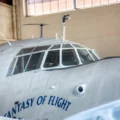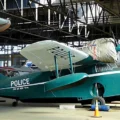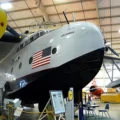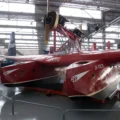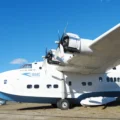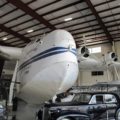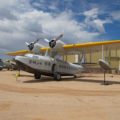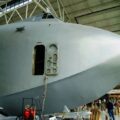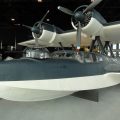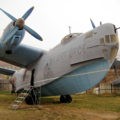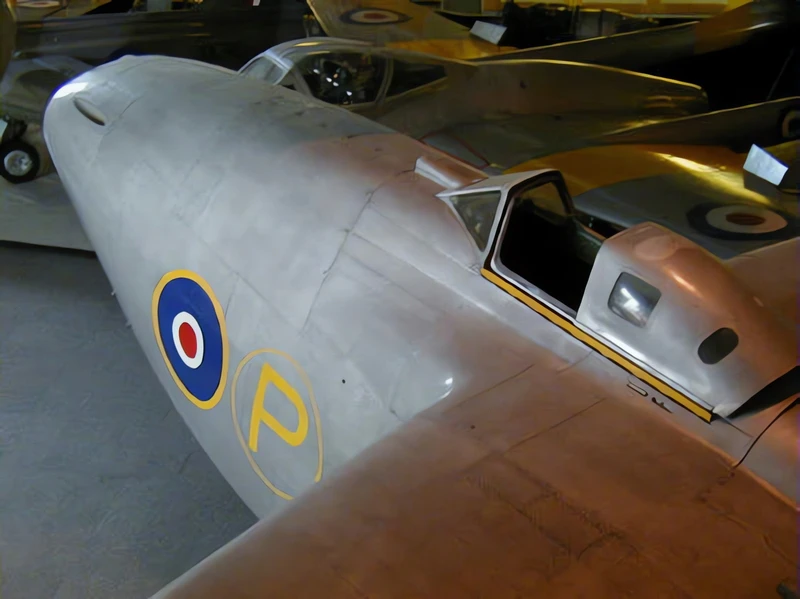
Saunders-Roe SR.A-1 | |
|---|---|
| Pays | Royaume-uni |
| Rôle | Chasseur d’hydravions |
| Premier vol | 16 juillet 1947 |
| Construit | 2 |
Lla Saunders-Roe SR. A/1 was a prototype flying boat fighter aircraft designed and built by British seaplane manufacturer Saunders-Roe. It was the first jet-propelled water-based aircraft in the world. The concept behind the SR.A/1 originated during the Second World War as a reaction to Japan’l’utilisation réussie des hydravions militaires et l’émergence du turboréacteur. Saunders-Roe présenta une première proposition de son concept d’hydravion à réaction, alors désigné SR.44, au ministère de l’Air au milieu de l’année 1943. En avril 1944, le ministère a publié la spécification E.6/44 pour le type et a soutenu son développement avec un contrat pour trois prototypes. Le développement a été prolongé par Saunders-Roe’s travaille sur d’autres projets, la guerre ayant pris fin avant l’achèvement de l’un des prototypes.
| Saunders-Roe SR.A-1 Walk Around | |
|---|---|
| Photographe | Inconnu |
| Localisation | Musée impérial de la guerre |
| Photos | 30 |
Voir aussi :
Lla Saunders-Roe SR. A-1 was an innovative attempt to create a jet-powered flying boat fighter for the British Royal Air Force. The aircraft was designed and built by Saunders-Roe, a British company that specialized in seaplanes and flying boats. The SR.A-1 was inspired by the Japanese use of seaplane fighters in the Pacific War, and aimed to combine the advantages of water-based operations with the high speed and performance of jet propulsion. The SR.A-1 had a sleek fuselage that acted as a hull, and two Metropolitan-Vickers Beryl jet engines mounted on the wingtips. The aircraft was armed with four 20 mm cannons and could carry bombs or rockets under the wings.
Le SR. A-1 vola pour la première fois le 16 juillet 1947 et se révéla stable et agile en vol. Cependant, à ce moment-là, la guerre était terminée et le besoin de chasseurs hydravions avait diminué. La RAF a évalué le SR. A-1 mais l’a trouvé inférieur aux chasseurs à réaction terrestres en termes de portée, de charge utile et de maintenance. Seulement trois prototypes ont été construits et testés, et le projet a été annulé en 1951. Le SR. A-1 a été le premier et le seul hydravion de chasse à réaction à voler, et reste un exemple unique de l’ingéniosité de l’aviation britannique.
Vues : 1154



